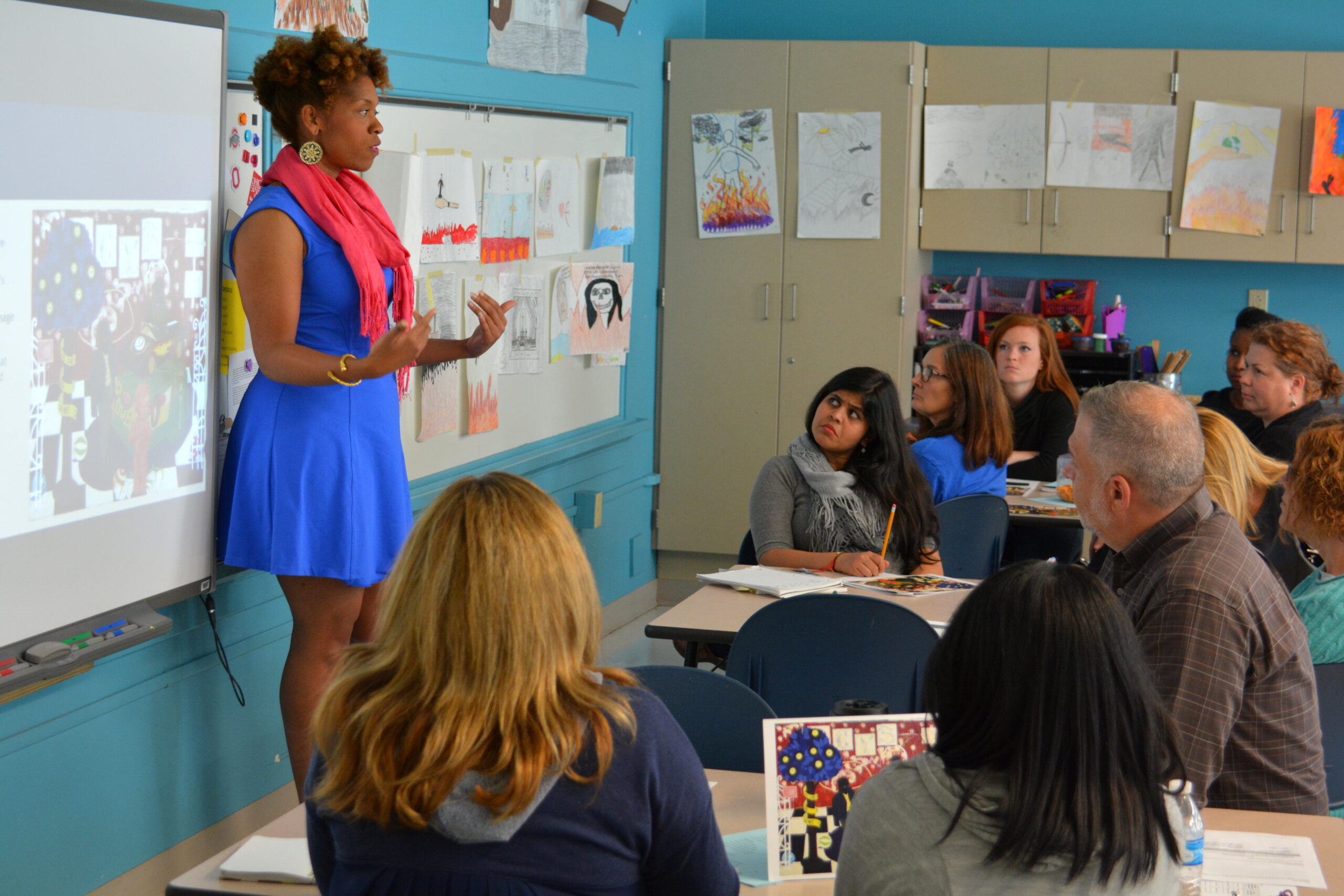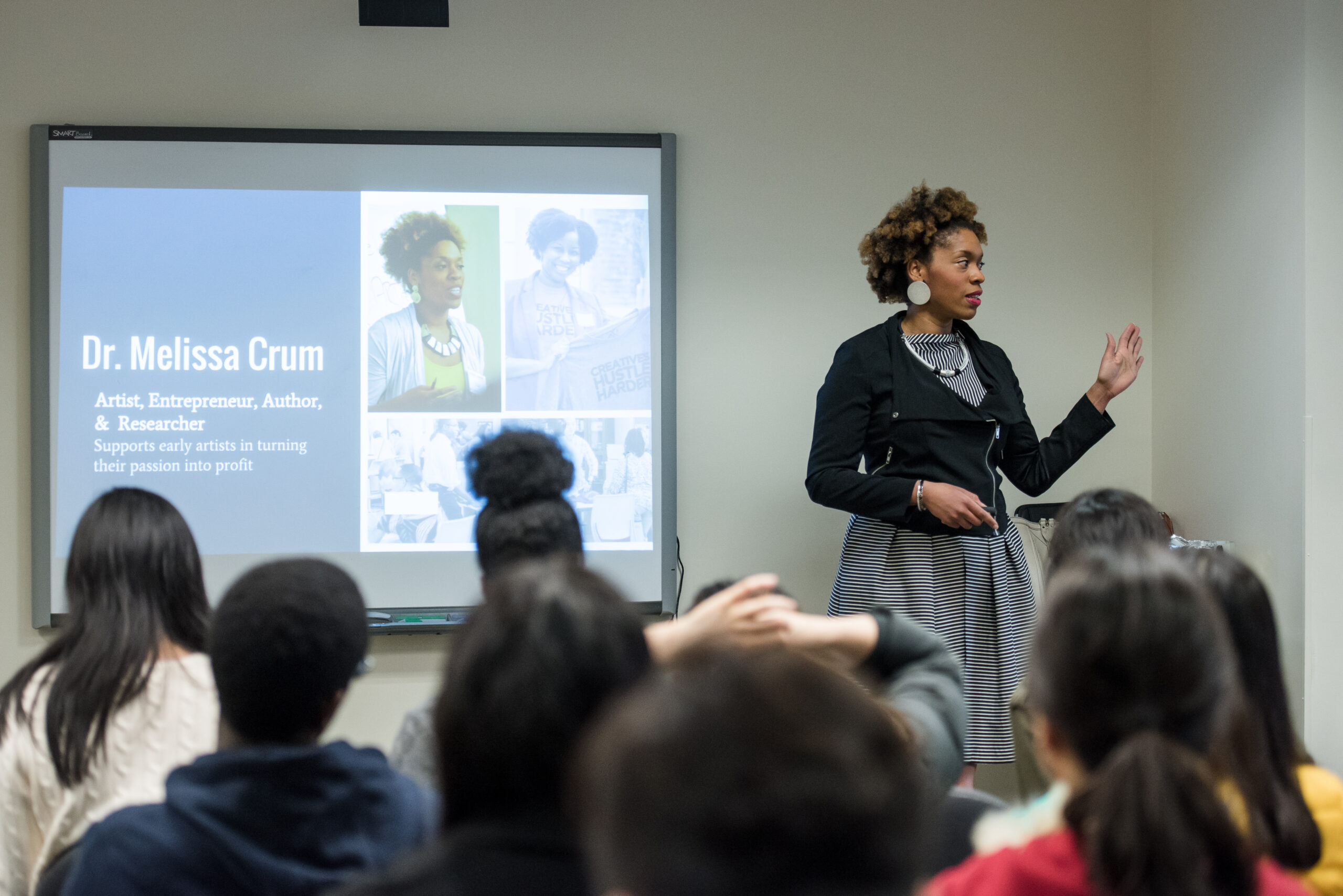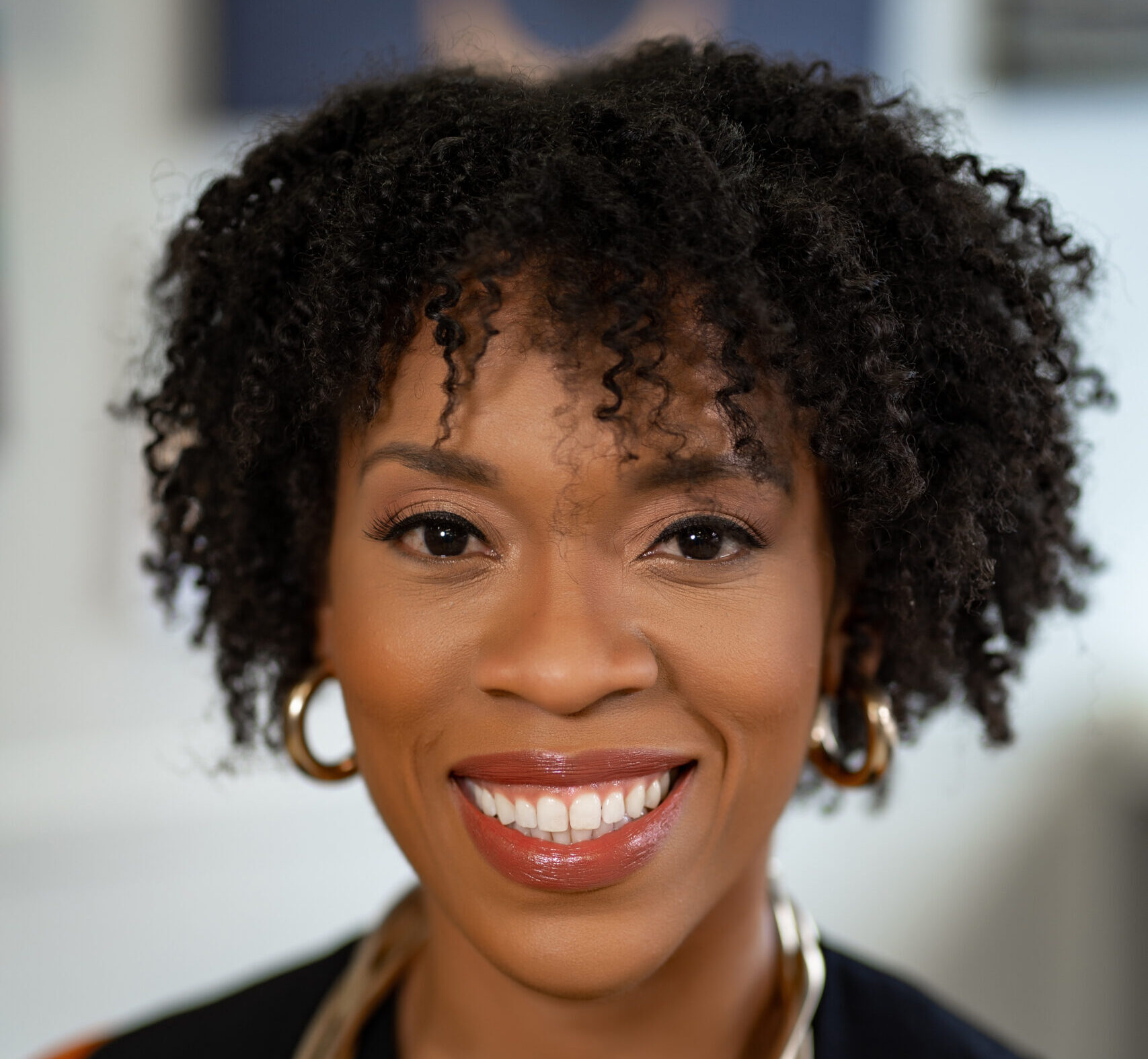Why Your DEI Committee Isn’t Successful – From Guest Blogger Dr. Melissa Crum

A diversity, equity, and inclusion (DEI) committee is an overarching group of individuals within an organization to help create a diversity and inclusion strategy. This strategy supports programs, policies, processes, and initiatives that help every employee be successful. But too often, organizations create the committee without connecting it to a larger plan that encompasses every organization member. The most effective way to ensure DEI is incorporated into every facet of the organization is through an integrated approach. An integrated approach is a formal structure that is long-term and organizational-wide to ensure accountability for everyone, no matter their level of power. There are seven components of the integrated approach that are integral to your organization’s success: the well-developed business case for DEI, leadership alignment of the organization’s purpose, education and training to ensure understanding and application of diversity, equity and inclusion, employee resource group (ERG) engagement, DEI committee leadership, communication of strategy, and goals and measurement to determine success and when it is reached. Unfortunately, of these seven essential elements, the business case is often missing in many organizations as well as an understanding of people’s perspectives on DEI.
A strong business rationale is essential. To ensure D&I is not isolated outside the organizational structure or devalued in the organization’s priorities, you must align the organization’s mission, vision, values, culture, and business objectives with diversity, equity, and inclusion initiatives. Many mission-driven organizations, such as non-profits or B-corps, can shy away from connecting DEI objectives to a plan for developing a more prosperous organization. However, whether non-profit or for-profit, every organization needs to be profitable to remain in existence.
The DEI committee should focus on three categories: workforce, workplace, and marketplace. The workforce is a diverse network of empowered teams that utilize open dialogue and inclusive work styles. This component aims to attract, motivate, develop, inspire, and retain the best talent for a competitive advantage. The workplace is where equitable systems, processes, policies, and programs are woven into the talent life cycle to enhance employee engagement, create a sense of belonging, and drive performance. The goal is to create a safe, flexible, and inclusive working environment where employees are encouraged to collaborate across differences and have ongoing talent development and high retention. Finally, the marketplace is where your customers and communities are foregrounded. You engage these stakeholders to source a diverse workforce, drive innovation, and better understand the needs of those you serve and what their expectations are of your organization. You must strengthen relationships with those you serve, the diverse communities represented in your areas, your staff, and other external stakeholders who impact your work. The goal is to increase your organization’s responsibility, maximize your market share (or increase the number of people you serve), improve product and service offerings through innovation, enhance your brand image, and strengthen our ability to attract and retain top talent.

A business rationale helps keep everyone focused on a measurable “why” to determine success. However, everyone doesn’t love this approach. Generally, two types of people who engage in DEI efforts: “Hearts” and “heads” people. The heart people are social-justice oriented. They want to right the wrongs experienced by marginalized people. For them, learning uncomfortable history, personal development through addressing bias and other barriers, and cultural exposure is simply the right thing to do. The head people are more data-focused and want to understand how the DEI committee will affect the bottom line. For example, they need to see how DEI objectives will increase profit, expand service opportunities, retain talent, or increase donations. These groups don’t often get along, but your committee needs both.
Your organization can reach business goals with heart and head perspectives in mind. Publicly increasing your organization’s responsibility in advancing DEI objectives can significantly impact the success of marginalized groups and amplify your organization’s brand. Such amplification can attract and retain talent, ultimately lowering turnover costs. If you can maximize your market share or increase the number of people you serve, you can increase profits, solicit more donations, and help more people. If you leverage your diverse communities to improve offerings through innovation, you will make your communities feel valued for their insight and increase your bottom line through better products and services.
Research shows that implementing an integrated approach with an empowered and well-resourced DEI committee helps increase employee morale, engagement, profit, and productivity. By moving beyond compliance-driven efforts of equal employment opportunity and affirmative action initiatives, you are investing in your future growth as an organization by developing a business rationale with the help of your heart and head people.
WRITTEN BY DR. MELISSA CRUM – MOSAIC EDUCATION NETWORK

Resources
Delivering through diversity
January 18, 2018t
By Vivian Hunt, Lareina Yee, Sara Prince, and Sundiatu Dixon-Fyle
https://www.mckinsey.com/business-functions/people-and-organizational-performance/our-insights/delivering-through-diversity

